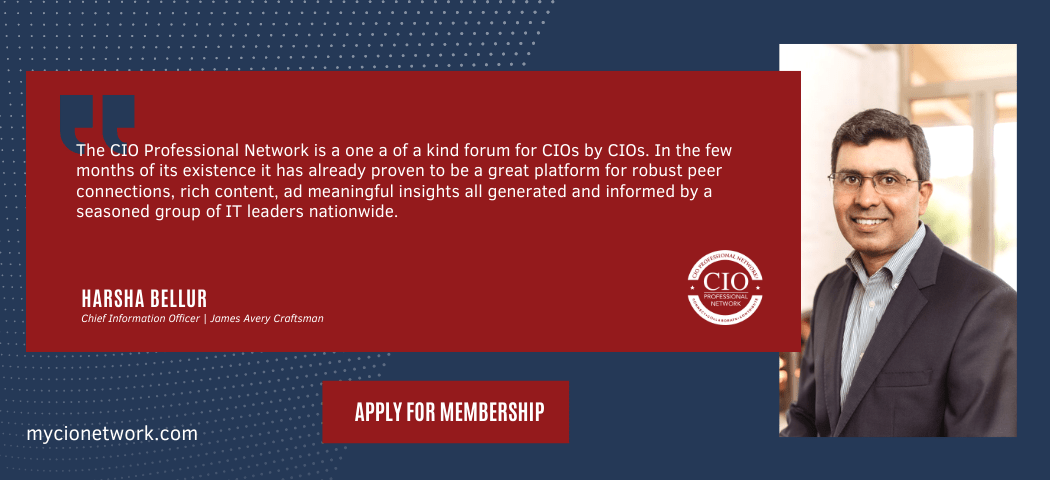At the recent MIT Sloan CIO Symposium, a curious déjà vu filled the air. As CIOs explored the complexities of generative AI, it felt like a throwback to a decade ago when the cloud was the hot topic. Back in 2010, the buzz was about governance, security, and responsible use of cloud computing. Fast forward to today, and it’s the same tune but with a different tech star.
CIOs like Akira Bell from Mathematica and Angelica Tritzo from GE Vernova shared their experiences navigating the adoption of generative AI in their organizations. Unlike the old-school, rigid methods, today’s CIOs are focusing on responsible use and educating employees, aiming to tap into AI’s potential while keeping risks in check.
Why It Matters: The way organizations approach generative AI today will shape their competitive edge and operational efficiency in the future. CIOs must balance innovation with security and governance to ensure their companies do not fall behind.
- Shift from Restriction to Education: Unlike the “no” stance prevalent during the early cloud era, CIOs now focus on educating employees about responsible AI use. Akira Bell emphasizes empowering employees with best practices rather than restricting access.
- Talent Retention and Demand: Chris Bedi of ServiceNow highlights that access to AI tools is becoming essential for talent retention. Employees expect modern tools to enhance their productivity, and companies must meet these expectations to stay competitive.
- Creating AI-Literate Workforces: Building AI literacy within the workforce is a priority. ServiceNow’s approach of mandatory AI education for employees exemplifies how companies are preparing their teams to leverage AI effectively, ensuring they are equipped for future demands.






